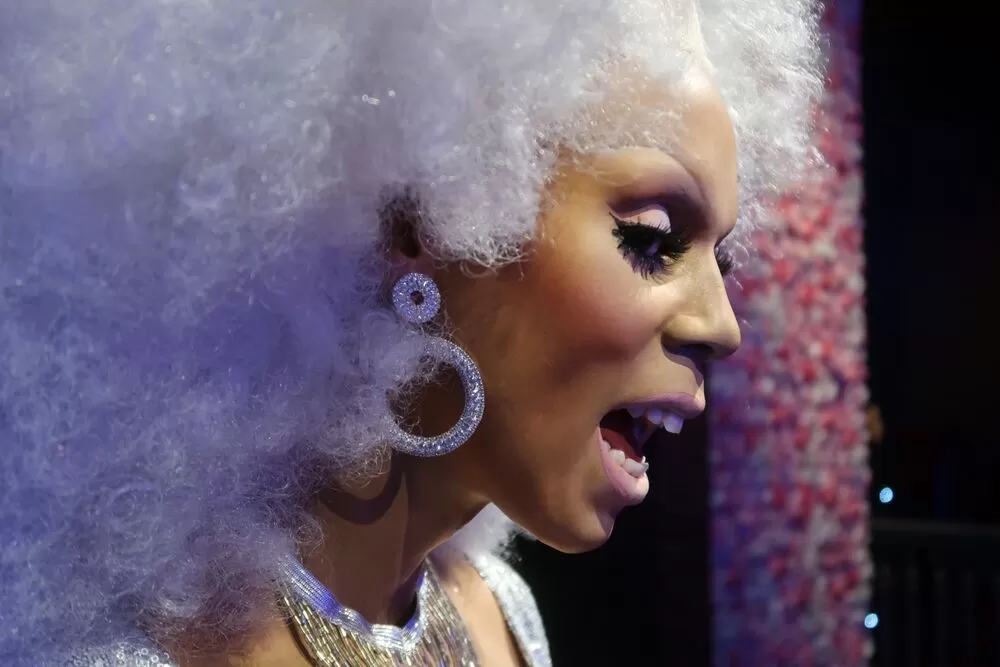
For every action, there’s an equal and opposite reaction.
For many Americans, especially those concerned about the White House’s ongoing assaults on free speech, the right to assemble, the arts, LGBTQ+ rights, and trans identity, the urge to respond might be: “I’m going to get into drag.” It’s an exciting way to meet new people and express oneself.
Here are five pieces of advice from seasoned drag performers.
Know Yourself
“Understand who you are,” says Alaska Thunder, winner of Season 2 of RuPaul’s Drag Race All Stars. “It’s essential to know your true self and your preferences, not just what’s trending at the moment. This is a reflection of your personal vision.”
RuPaul, creator of RuPaul’s Drag Race, shares, “If you’re starting in drag, begin with yourself. Who are you? What do you aim to achieve? Why are you doing this? Drag doesn’t change you; it uncovers your true self.”
Peppermint, another Drag Race veteran, encourages, “Do it! Let your personality shine. Don’t be afraid to express yourself, whether you’re trans, queer, gender nonbinary, or gender non-conforming. Show the world your talents, and let them speak for themselves.”
“No one will cheer for you more than you should cheer for yourself!” adds Bob the Drag Queen, who arrived in New York City with just $500 and a suitcase. “If you want to do drag, you’ll figure it out.”
Immerse Yourself
“For me, immersing myself in the New York nightlife drag scene was essential,” says Bob. “It’s about becoming a key part of that community. Even clowns have their schools—learning from experienced drag queens is vital.”
While out and about, Bob also turned to online resources for guidance.
“My drag mom is YouTube,” Bob jokes. “I learned everything I wanted from there. You can learn anything online.”
Alaska also sees the value of online learning. “It’s useful to learn the basics—makeup, hair, and wardrobe—on YouTube. However, make sure you figure out what resonates with you personally, not just what’s popular right now.”
RuPaul also shares a vital piece of advice: “No matter where you are, whether it’s the back seat of a car, in church, or on stage—never remove your shoes or wig. That’s my cardinal rule.”
Set Yourself Apart
Alaska points out, “It’s tough to differentiate drag queens today since their names, appearances, and outfits are often the same. Embrace what makes you unique—perhaps something you’re initially embarrassed by—and make it part of your identity. That will set you apart.”
Bob attributes his success to embracing his identity. “My Blackness, queerness, and outspoken nature have all been significant factors in my journey,” he explains.
RuPaul adds, “I love a kind drag queen. Drag attracts people who are sweet and sensitive, those who have realized that society is a hoax, an illusion. The biggest challenge is not becoming bitter.”
Get Creative
“When I arrived in New York, I didn’t see many roles for someone like me—a funny person who couldn’t sing and was an average dancer,” Bob recalls. “So, I started creating my own opportunities—stand-up shows, cabaret performances, and even writing my own musicals.”
Bob shares one memorable creation: “I wrote a parody of Little Shop of Horrors called Little Shop of Whores—you can imagine the rest. If I can’t find the performances I want, I’ll write them myself and create chances for others.”
Be Yourself
Peppermint offers this advice: “There are people with traditional values, which are valid. However, progress moves forward—women can do everything men can, and trans women can do everything cisgender women can. We’re all equal. Drag is about self-expression.”
RuPaul reflects on the best advice given to him by a high school drama teacher: “I was close to being expelled, and I was upset. My teacher told me, ‘RuPaul, don’t take life too seriously.’ At the time, I didn’t understand, but now, 40 years later, I see exactly what he meant.”
Alaska recalls her early days in drag: “In our first performances, we would drink heavily and see if we could make it to the end of the night—and we usually did.”





